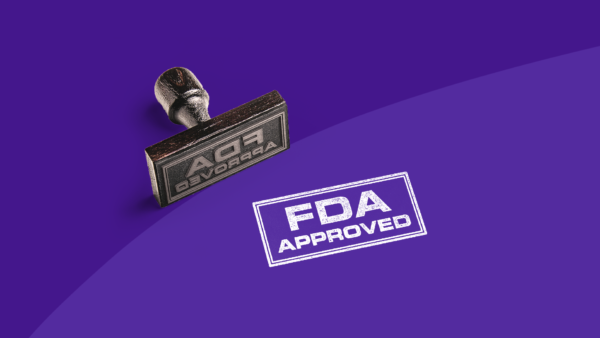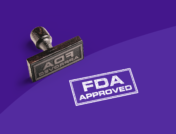The American Academy of Pediatrics (AAP) released new clinical practice guidelines focusing on the treatment of childhood obesity, for the first time in 15 years. New measures focus on earlier and more intensive interventions for children with obesity—including weight-loss medications and bariatric surgeries, when appropriate. The authors say, “there is no evidence to support either watchful waiting or unnecessary delay of appropriate treatment of children with obesity.”
These treatment recommendations came a few weeks after the U.S. Food and Drug Administration approved the injectable weight-loss drug Wegovy (semaglutide) for obese adolescents 12 and older.
RELATED: Childhood obesity statistics
AAP guidelines to meet the challenges facing youth
Childhood obesity is defined as having a body mass index (BMI) at or above the 95th percentile for age and sex. More than 14.4 million kids and teens in the United States are affected. According to data compiled by the Centers for Disease Control and Prevention (CDC), the rate of BMI increases among the 2-19 age group doubled during the pandemic, with the biggest increases among youth who were overweight prior to the pandemic and younger school-aged children.
The authors noted that obesity has long been “stigmatized as a reversible consequence of personal choices.” They emphasize that obesity is a disease—a chronic condition associated with serious comorbidities such as Type 2 diabetes and cardiovascular disease. Obesity “should be treated through the medical home with intensive and long-term care strategies, provision of medical monitoring, and treatment of associated comorbidities and ongoing access to obesity treatment.” Children need periodic reassessments and treatment modifications as they age.
Key recommendations from AAP guidelines
According to the AAP, the guidelines’ key action statements represent evidence-based recommendations from the results of 400 studies for evaluating children who are overweight, have obesity, and related health concerns. The recommendations include:
- Comprehensive obesity treatment, which may include nutrition support, physical activity treatment, behavioral therapy, pharmacotherapy, and metabolic and bariatric surgery
- Evidence-based treatment delivered by trained healthcare professionals with active parent/caregiver involvement
- Intensive health, behavior, and lifestyle treatment
- The option for weight-loss medications for youth ages 12 and older, in addition to health behavior and lifestyle treatment
- Teens 13 and older with severe obesity (BMI at or above the 120th percentile) may be evaluated for bariatric surgery
Future AAP guidelines will address prevention of obesity.
RELATED: What obesity treatments does insurance cover?
Reactions to the new AAP guidelines
The guidelines have generated a lot of attention, both positive and negative. Some of the resistance has focused on a concern that the guideline undermined the importance of focusing on good nutrition, physical activity, and stress management by including recommendations for weight-loss medications and bariatric surgery.
But some experts believe it’s helpful to have approval for treatments to help children with obesity when lifestyle changes have not been effective. “There are children in whom diet and exercise are not going to work,” says pediatric gastroenterologist Anupama Chawla, MD, director of the division of pediatric gastroenterology and nutrition and director of the Healthy Weight and Wellness Center at Stony Brook Children’s Hospital in New York.
Some children with severe obesity face associated health risks of Type 2 diabetes and nonalcoholic fatty liver disease. Oftentimes, more intensive treatment, such as medication, would be beneficial. But Dr. Chawla notes, “It is definitely a helpful modality, but it cannot be done in a vacuum without lifestyle changes, dietary changes, and psychological changes.”
Natasha Agbai, MD, a pediatrician who specializes in childhood weight management, adds another caveat that some may be overlooking an important aspect of the guideline. “It’s important to note that this referral for bariatric surgery evaluation does not mean that a child will receive surgery,” says Dr. Agbai, who is also the founder and CEO of Weight Loss for Kids. “But it does get a child in front of a team of metabolic experts, usually including counselors, social workers, pediatricians, and nutritionists. The team, the child, and the family members can then collaborate to determine the best plan of care for that specific child and family. Some of those patients may go on to have surgery, but many will not.”
Research shows that teens who undergo bariatric surgery have a better chance of reversing health problems such as Type 2 diabetes and hypertension compared to adults who undergo bariatric surgery. “This highlights the argument that earlier intervention can lessen the cumulative impact of these obesity-related diseases,” Dr. Agbai says.











